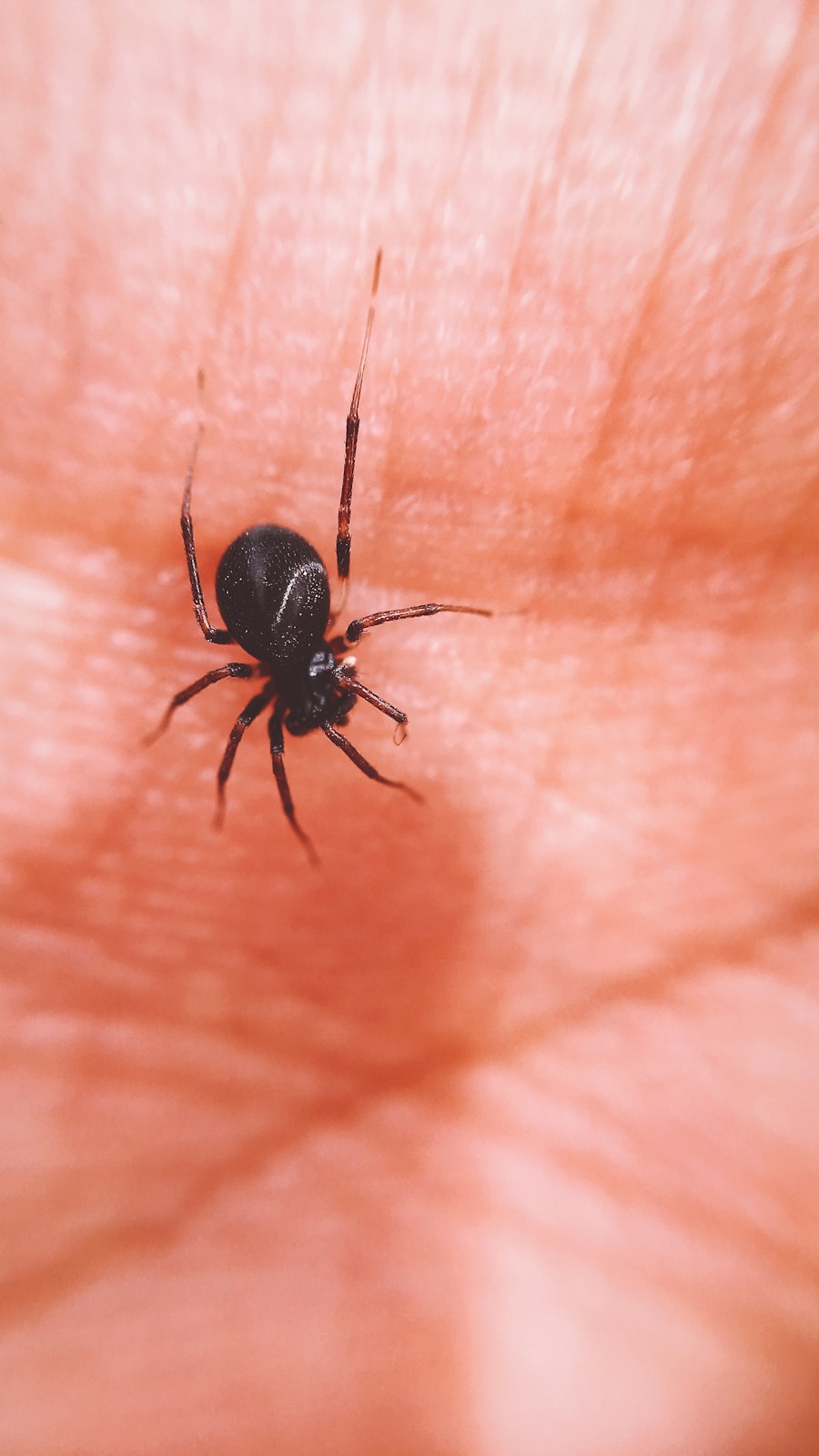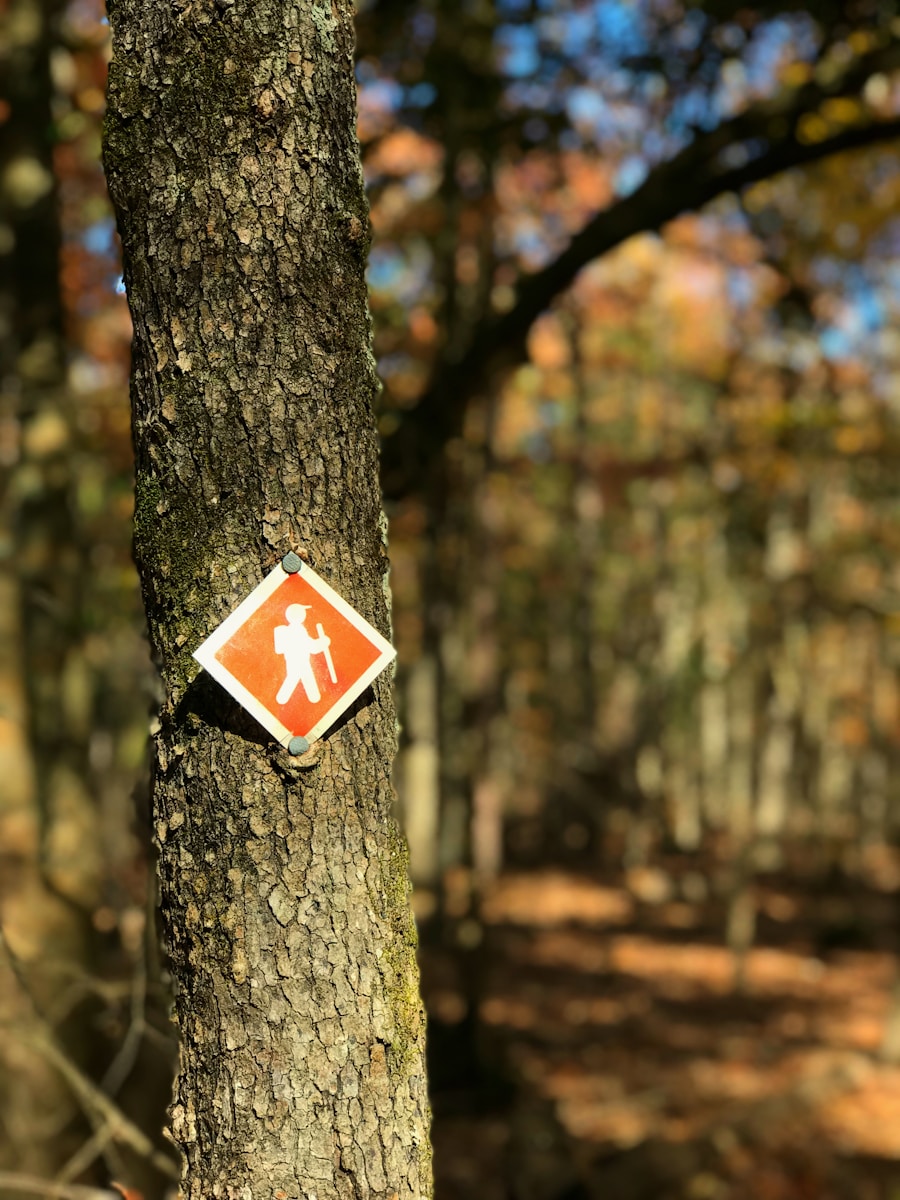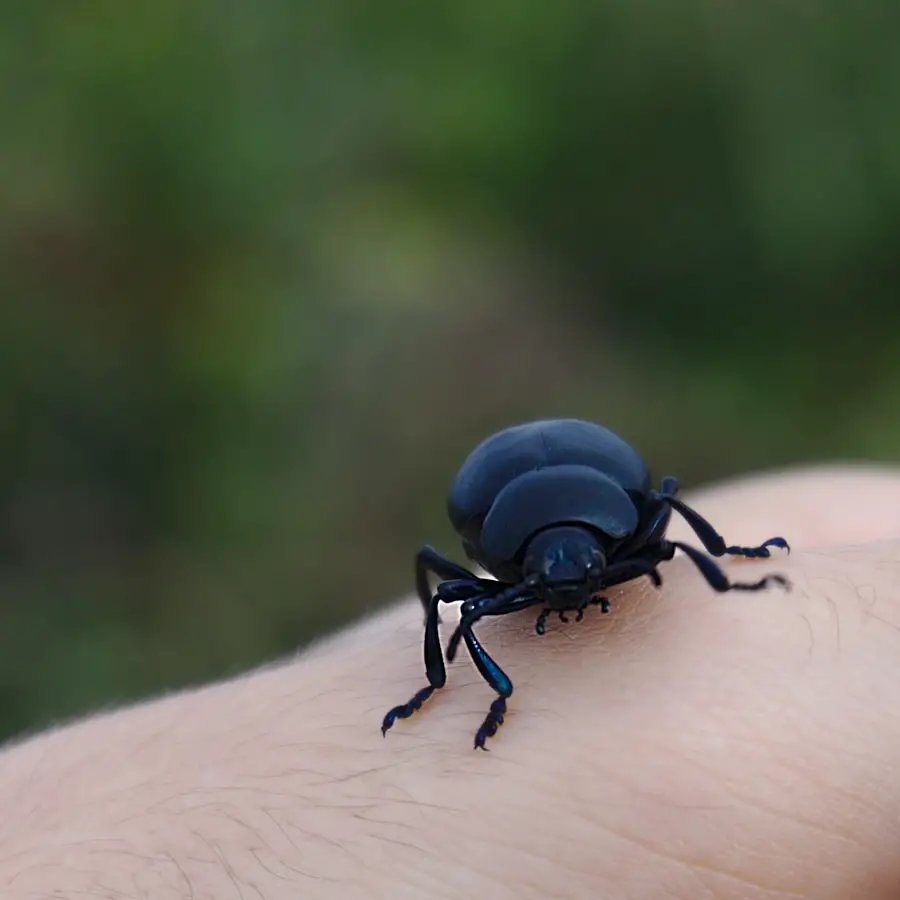Hiking is a beloved outdoor activity that allows individuals to connect with nature, enjoy breathtaking views, and engage in physical exercise. However, it also comes with inherent risks, one of the most significant being tick bites. Ticks are small arachnids that thrive in wooded and grassy areas, making them a common concern for hikers.
These parasites can transmit a variety of diseases, some of which can have serious health implications. Lyme disease, for instance, is one of the most well-known tick-borne illnesses, caused by the bacterium Borrelia burgdorferi. Symptoms can range from fever and fatigue to more severe complications like joint pain and neurological issues if left untreated.
Beyond Lyme disease, ticks can also carry other pathogens responsible for diseases such as Rocky Mountain spotted fever, anaplasmosis, and babesiosis. The risk of contracting these diseases increases with the duration of exposure to tick-infested environments. Ticks often latch onto their hosts while they are walking through tall grass or brush, and they can remain undetected for hours or even days.
This stealthy behavior makes it crucial for hikers to be aware of their surroundings and take preventive measures to minimize the risk of tick bites.
Key Takeaways
- Tick bites can lead to serious health risks such as Lyme disease and Rocky Mountain spotted fever, so it’s important to be aware of the dangers while hiking.
- Wearing long sleeves, pants, and light-colored clothing can help prevent tick bites while hiking in wooded or grassy areas.
- Using EPA-approved tick repellents containing DEET or picaridin can effectively keep ticks at bay and reduce the risk of bites.
- Staying on designated trails and avoiding tall grasses and brush can minimize the chances of encountering tick-infested areas.
- After hiking, it’s crucial to thoroughly check your body and clothing for ticks, especially in hard-to-see areas like the scalp and behind the ears.
Dressing for Success: Choosing the Right Clothing to Prevent Tick Bites
One of the most effective strategies for preventing tick bites while hiking is to dress appropriately. Clothing acts as a barrier between your skin and these tiny pests, significantly reducing the likelihood of a tick attaching itself to you. When planning your hiking outfit, consider wearing long-sleeved shirts and long pants made from tightly woven fabrics.
Light-colored clothing can also be beneficial, as it makes it easier to spot ticks before they attach. Additionally, tucking your pants into your socks or wearing gaiters can provide an extra layer of protection against ticks that may be lurking in the grass. In addition to choosing the right clothing, hikers can enhance their protection by selecting garments treated with permethrin, an insect repellent that is effective against ticks.
This chemical binds to the fabric and remains effective even after multiple washes. By investing in permethrin-treated clothing or treating your own gear with this repellent, you can significantly reduce your risk of encountering ticks during your outdoor adventures. Furthermore, wearing a hat can help protect your scalp and neck, areas that are often overlooked but can be prime targets for ticks.
Tick Repellents: How to Safely Keep Ticks at Bay

In addition to appropriate clothing, using tick repellents is another essential component of a comprehensive strategy to prevent tick bites while hiking. The Centers for Disease Control and Prevention (CDC) recommends using repellents that contain at least 20% DEET, picaridin, or oil of lemon eucalyptus. These ingredients have been shown to be effective in repelling ticks and other biting insects.
When applying repellent, it is important to follow the manufacturer’s instructions carefully, ensuring that you cover all exposed skin and reapply as necessary, especially after sweating or swimming. For those who prefer a more natural approach, essential oils such as lavender, tea tree oil, and geranium oil have been suggested as potential tick repellents. However, it is crucial to note that while these natural alternatives may offer some level of protection, they are generally not as effective as synthetic repellents containing DEET or picaridin.
Therefore, hikers should weigh their options carefully and consider using a combination of both natural and synthetic repellents for optimal protection.
Staying on the Trail: Avoiding Tick-Infested Areas
| Trail Location | Tick-Infested Areas | Tick Prevention Measures |
|---|---|---|
| Forest A | High | Wearing long sleeves and pants, using insect repellent |
| Mountain B | Low | Staying in the center of the trail, avoiding tall grass and bushes |
| Valley C | Medium | Checking for ticks after the hike, showering and washing clothes |
One of the simplest yet most effective ways to avoid tick bites while hiking is to stay on designated trails. Ticks are commonly found in areas with dense vegetation, tall grasses, and leaf litter. By sticking to well-maintained paths and avoiding off-trail excursions into thick brush or overgrown areas, hikers can significantly reduce their risk of encountering ticks.
Additionally, it is advisable to avoid sitting directly on the ground or resting against trees where ticks may be present. Planning your hike during times when ticks are less active can also be beneficial. Ticks tend to be more prevalent during warmer months when temperatures rise above 40°F (4°C).
Early spring through late fall is typically considered peak tick season in many regions. If possible, consider hiking during cooler parts of the day or opting for trails that are less likely to harbor ticks due to environmental conditions.
After-Hike Check: How to Properly Inspect for Ticks
Conducting a thorough tick check after a hike is an essential step in preventing tick-borne illnesses. Ticks can be elusive and may attach themselves in hard-to-see areas of the body. It is recommended that hikers perform a full-body inspection within two hours of returning from their outdoor adventure.
Start by examining areas where ticks are most likely to attach: behind the ears, under the arms, around the waist, between the legs, and on the scalp. Using a mirror can help you inspect hard-to-see areas more effectively. It is also advisable to have a partner assist you in checking your back and other difficult spots.
If you find a tick during your inspection, it is crucial not to panic; many ticks do not carry diseases. However, if you do find one attached to your skin, it is important to remove it promptly and correctly.
Shower Power: The Importance of Showering After Hiking to Remove Ticks

Showering after a hike serves multiple purposes beyond personal hygiene; it is an effective method for removing ticks that may not have fully attached yet. Taking a shower within two hours of returning from your hike can help wash away any ticks that are still crawling on your skin or clothing. The warm water and soap create an environment that makes it difficult for ticks to cling on, thereby reducing the chances of them finding a suitable attachment site.
In addition to washing off potential ticks, showering provides an opportunity for a more thorough body inspection. While lathering up with soap, you can feel for any unusual bumps or areas where a tick may have latched on. This dual benefit makes showering an essential part of post-hike care that should not be overlooked.
Tick Removal 101: Safely Removing Ticks from Your Skin
If you discover a tick attached to your skin during your post-hike inspection, it is vital to remove it safely and promptly to minimize the risk of disease transmission. The best method for tick removal involves using fine-tipped tweezers. Grasp the tick as close to the skin’s surface as possible without pinching the skin itself.
Pull upward with steady, even pressure; do not twist or jerk the tick as this can cause parts of its mouth to break off and remain embedded in the skin. After successfully removing the tick, clean the bite area thoroughly with soap and water or an antiseptic solution. It is also advisable to save the tick in a sealed container or plastic bag in case you need to show it to a healthcare provider later on.
Monitoring the bite site for any signs of infection or unusual symptoms over the following weeks is crucial; if any concerning symptoms arise, seek medical attention promptly.
Seeking Medical Attention: When to See a Doctor After a Tick Bite
While not all tick bites result in illness, it is essential to be vigilant about any changes in your health following a bite. If you experience symptoms such as fever, chills, rash, fatigue, or joint pain within several weeks after being bitten by a tick, it is important to consult a healthcare professional immediately. Early diagnosis and treatment are critical in managing tick-borne diseases effectively.
In some cases, even if no symptoms appear immediately after a tick bite, it may still be prudent to seek medical advice if you know that the tick was attached for an extended period or if it was identified as a species known to carry diseases. Healthcare providers may recommend preventive antibiotics in certain situations based on specific risk factors associated with the bite. Being proactive about your health after a tick bite can make all the difference in preventing long-term complications associated with tick-borne illnesses.
If you’re planning a hiking trip and want to avoid tick bites, it’s important to take precautions. One helpful article to check out is How Far Can a 12 Gauge Bird Shot Travel?, which provides information on how to stay safe while hiking in areas where ticks may be present. By following the tips in this article, you can reduce your risk of encountering ticks and enjoy your outdoor adventure with peace of mind.
FAQs
What are ticks and why are they a concern while hiking?
Ticks are small, blood-sucking parasites that can transmit diseases such as Lyme disease, Rocky Mountain spotted fever, and others. They are commonly found in wooded and grassy areas, making them a concern for hikers.
How can I prevent tick bites while hiking?
To prevent tick bites while hiking, you can wear long-sleeved shirts, long pants, and tuck your pants into your socks to minimize skin exposure. You can also use insect repellent containing DEET on exposed skin and clothing.
Are there specific areas where ticks are more prevalent?
Ticks are commonly found in wooded and grassy areas, as well as in areas with high brush and leaf litter. It’s important to be especially cautious in these types of environments while hiking.
What should I do if I find a tick on my body while hiking?
If you find a tick on your body while hiking, use fine-tipped tweezers to grasp the tick as close to the skin’s surface as possible and pull upward with steady, even pressure. After removing the tick, clean the bite area and your hands with rubbing alcohol, an iodine scrub, or soap and water.
Are there any specific precautions I should take after hiking in a tick-prone area?
After hiking in a tick-prone area, it’s important to thoroughly check your body for ticks, as well as your clothing and gear. Showering within two hours of coming indoors can also help to wash off any unattached ticks. It’s also a good idea to tumble dry clothing on high heat for 10 minutes to kill any ticks that may be present.
